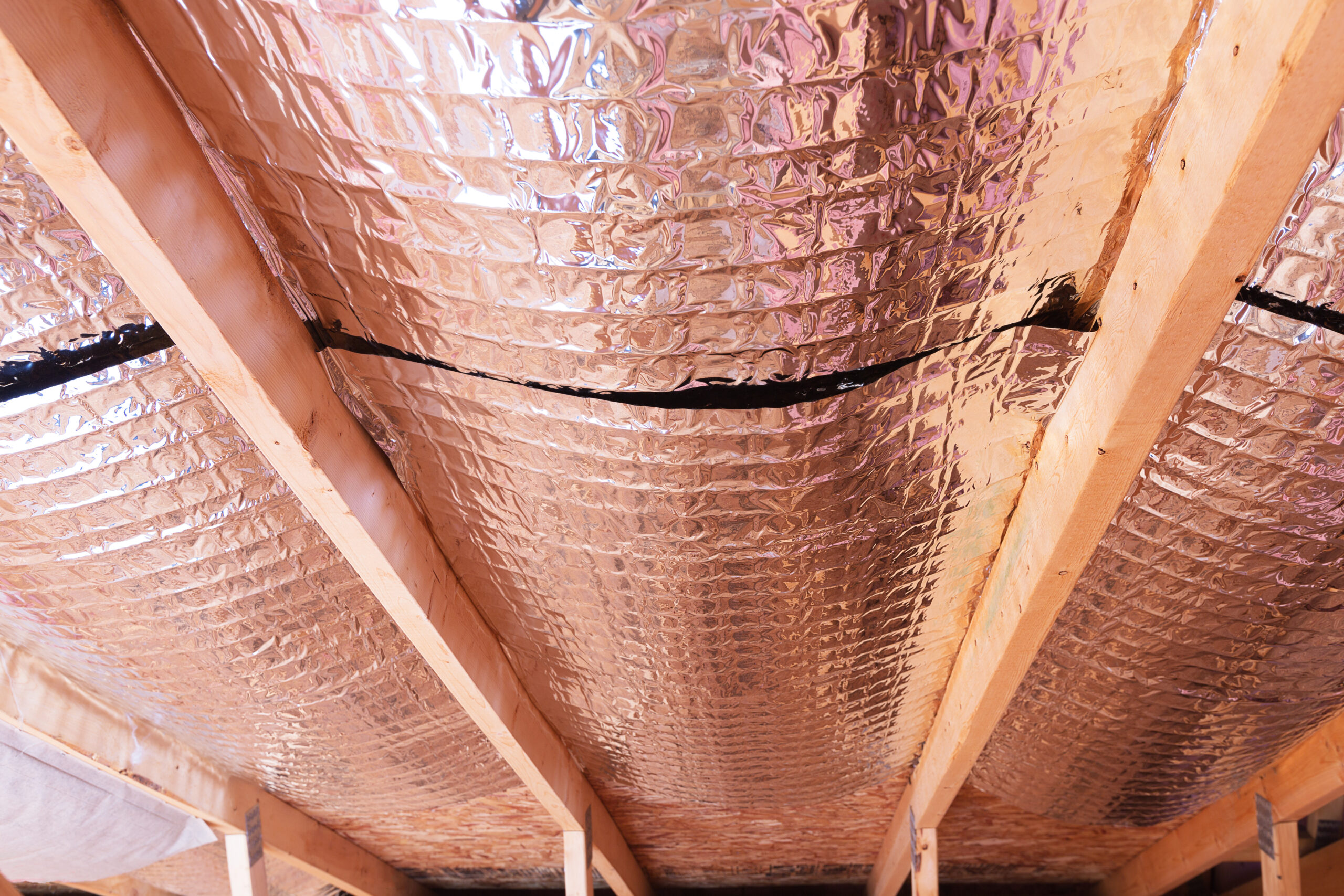Open-cell and closed-cell spray foam insulation are two types of polyurethane foam insulation commonly used in residential and commercial construction.
Open-cell spray foam is a light, spongy material made up of tiny cells that are not completely closed. This structure allows the foam to expand significantly during installation, filling gaps and crevices to create an effective air barrier. Open-cell foam is known for its excellent sound-dampening properties and is often used in interior applications such as walls and ceilings. It also has a lower insulation value per inch compared to closed-cell foam.
Closed-cell spray foam, on the other hand, is denser and more rigid, with cells that are completely closed. This structure gives closed-cell foam a higher insulation value per inch, making it more effective at blocking heat transfer. It also provides greater structural strength and moisture resistance compared to open-cell foam. Closed-cell foam is commonly used in exterior applications such as roofs and foundations, as well as in areas prone to moisture, such as basements and crawl spaces.
Both open-cell and closed-cell spray foam insulation offer excellent thermal performance and air sealing properties, helping to improve energy efficiency and indoor comfort. However, choosing between the two depends on factors such as budget, application, and desired performance characteristics.
Carbon Footprint
Energy Efficiency
Sound Control






